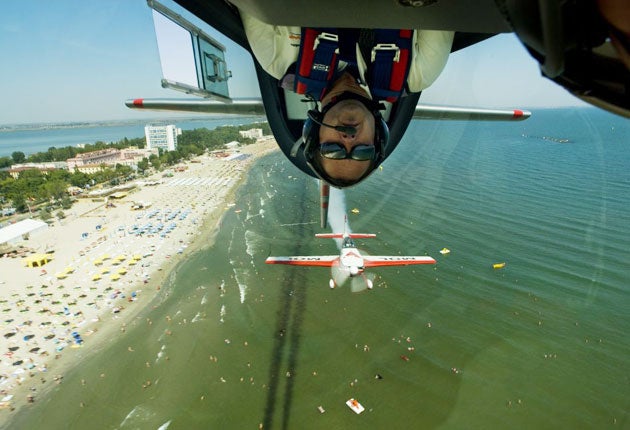Everything you need to know about... Aero GP

Your support helps us to tell the story
From reproductive rights to climate change to Big Tech, The Independent is on the ground when the story is developing. Whether it's investigating the financials of Elon Musk's pro-Trump PAC or producing our latest documentary, 'The A Word', which shines a light on the American women fighting for reproductive rights, we know how important it is to parse out the facts from the messaging.
At such a critical moment in US history, we need reporters on the ground. Your donation allows us to keep sending journalists to speak to both sides of the story.
The Independent is trusted by Americans across the entire political spectrum. And unlike many other quality news outlets, we choose not to lock Americans out of our reporting and analysis with paywalls. We believe quality journalism should be available to everyone, paid for by those who can afford it.
Your support makes all the difference.What's the deal?
Aero GP can reasonably claim to be the world's most extreme motor sport. Eight planes race at 300mph just 10 metres above the ground, then use virtual weapons to destroy each other ( Top Gun-style), and finally round off with an assault course that includes bombing targets. The first race took place in 2005; now a TV audience in over 100 countries is threatening to take Aero GP mainstream.
Who are the heroes?
Fighter pilots, aerobatics champions, captains of commercial 747s and, to a man, uncompromising adrenalin junkies. Two stand out. Richard "Smokey" Young started off in the US Air Force and also flew Boeing jets. Ruddy-cheeked Gerald Cooper, the pin-up of the competition and youngest star at 30, owns Wickenby airfield in Lincolnshire.
Could they take Lewis Hamilton?
Formula One cars only get up to about 180mph. Hamilton only ever feels 5½G; Aero GP pilots experience 10G as they twist and turn; they lose colour vision, and peripheral vision, as blood drains from their brains.
What about the hardware?
Most of the planes were designed for air shows in the 1980s. They can all climb 1,000 metres per minute, reach 330mph, roll 345 degrees per second and take off from a 125-metre runway.
How dangerous is it?
In Malta in 2006, two pilots collided. One survived; the other died instantly.
How can I watch it?
The next race is in Abu Dhabi on 29 January. Sky Sports carries highlights, and live coverage is at www.airsports.tv
Join our commenting forum
Join thought-provoking conversations, follow other Independent readers and see their replies
Comments